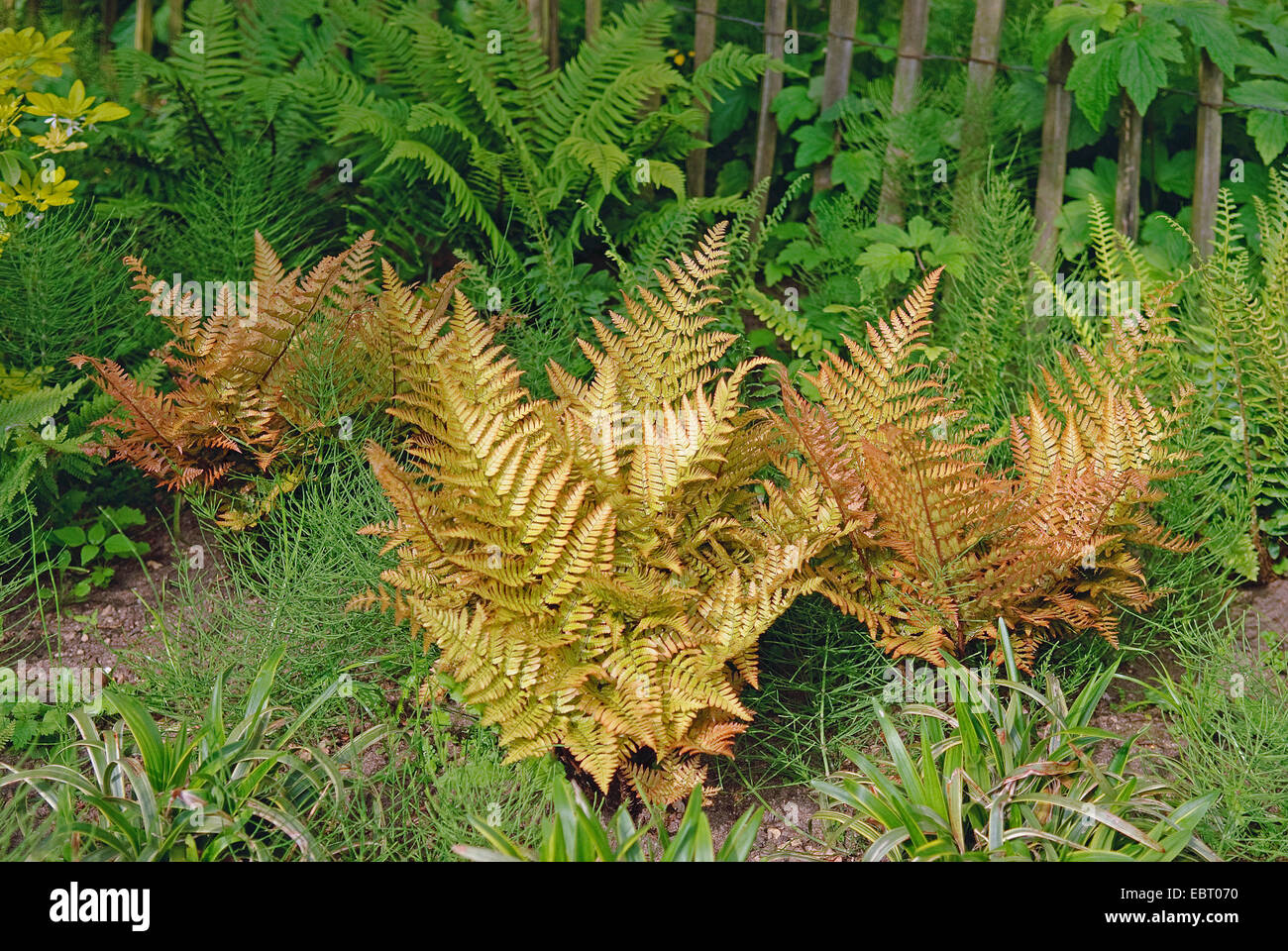
Grow astilbes in partial shade to shade, tolerating filtered sun. In spring after the threat of severe frost has passed, or in early-to-mid fall.

Astilbe flower clusters range in size from 6 inches to 2 feet in length, depending on the species or cultivar.Įven when not in bloom, their fern-like foliage remains attractive all season and are often enhanced by tones of bronze or burgundy. In between, these showy perennials are some of the best plants for summer color, displaying delicately fragrant bottlebrush-shaped blooms in colors ranging from creamy white and soft pink to deep purple and crimson red. Length of bloom:Īstilbes provide year-round interest, beginning with their foliage in early spring and ending with dried feathery plumes and seedheads in winter.

Because the bloom times vary widely, you can combine plants from each category for an ever-blooming garden from May through September. Early blooming varieties emerge in spring, while late bloomers hold off until July or August. Zones:īest in partial shade to shade Bloom time:Īstilbes are typically classified as early, mid, or late season bloomers, depending on the species and cultivar. On this page: Basics | Planting | Care | Varieties | Companion Plantsįalse goat's beard, false spirea, florist’s spirea Plant type:Īn herbaceous perennial that spreads via underground rhizomes. “There is so much variation among astilbes that I can conceive of a pleasing garden consisting of few perennials other than hostas and astilbes,” Lacy remarks. With hundreds of cultivars available, they also give gardeners a wide range of options in height and bloom time from the early-blooming 'Rheinland', which opens its fluffy cotton-candy pink spires along with bleeding hearts in May, to the dwarf Chinese astilbe, which blooms in late summer with lovely lilac plumes.

“Astilbes are wonderful, virtually indispensable garden perennials,” says garden essayist Allen Lacy, in his book The Gardener's Eye, commenting on how their “steeples and spikes” impart the vertical pizazz needed in every garden. Astilbe is the new must-have plant for shady garden plots, adding color, height and texture that breaks up the boredom of one-dimensional groundcovers and mounded plants.


 0 kommentar(er)
0 kommentar(er)
